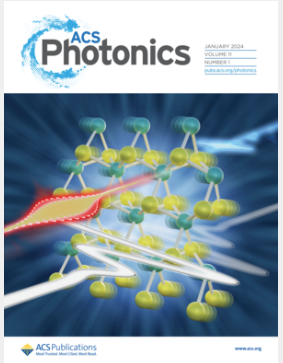Retina-Inspired Dual-Mode Photodetector with Spectral-Tunable Memory Switching for Neuromorphic Visual Systems
IF 6.5
1区 物理与天体物理
Q1 MATERIALS SCIENCE, MULTIDISCIPLINARY
引用次数: 0
Abstract
The development of multifunctional photodetectors that integrate sensing, storage, and computing to mimic the human visual system for efficient image processing is a key area of research. In particular, retina-inspired optoelectronic devices with multispectral information preprocessing capabilities are critical for constructing neuromorphic visual systems; however, achieving this in traditional photodetectors is challenging due to the lack of suitable photoresponse modes. Herein, a graphene/organic photodetector (GOP) with a spectral-tunable photoresponse memory mode switching feature is demonstrated. Benefiting from the unique photogenerated charge transfer and trapping behavior in the heterojunction, the device exhibits memory-free (with recovery times of a few milliseconds) and long-memory (with recovery times of several hundred seconds) photoresponse modes under long-wavelength (650–1064 nm) and short-wavelength (370–520 nm) light stimulation, respectively. Furthermore, the device supports spectral-tunable dual-mode switching between photosynaptic and photodetection under multiple light pulse stimulations, enabling real-time preprocessing of images with mixed green and red dual-wavelength information using a GOP-based 3 × 3-pixel image sensor. We also demonstrate a GOP-constructed neuromorphic visual system for efficient image processing, where the front-end GOP-based image sensor filters out background noise in the input images, significantly improving the image recognition accuracy of the back-end GOP-connected artificial neural network (from 40 to 93%).

求助全文
约1分钟内获得全文
求助全文
来源期刊

ACS Photonics
NANOSCIENCE & NANOTECHNOLOGY-MATERIALS SCIENCE, MULTIDISCIPLINARY
CiteScore
11.90
自引率
5.70%
发文量
438
审稿时长
2.3 months
期刊介绍:
Published as soon as accepted and summarized in monthly issues, ACS Photonics will publish Research Articles, Letters, Perspectives, and Reviews, to encompass the full scope of published research in this field.
 求助内容:
求助内容: 应助结果提醒方式:
应助结果提醒方式:


